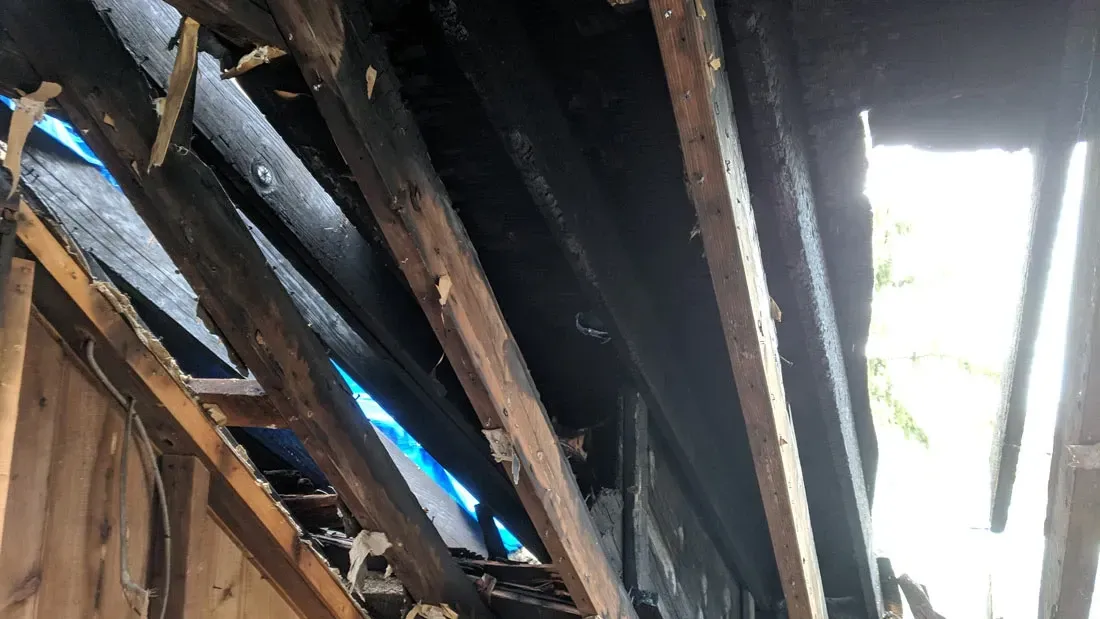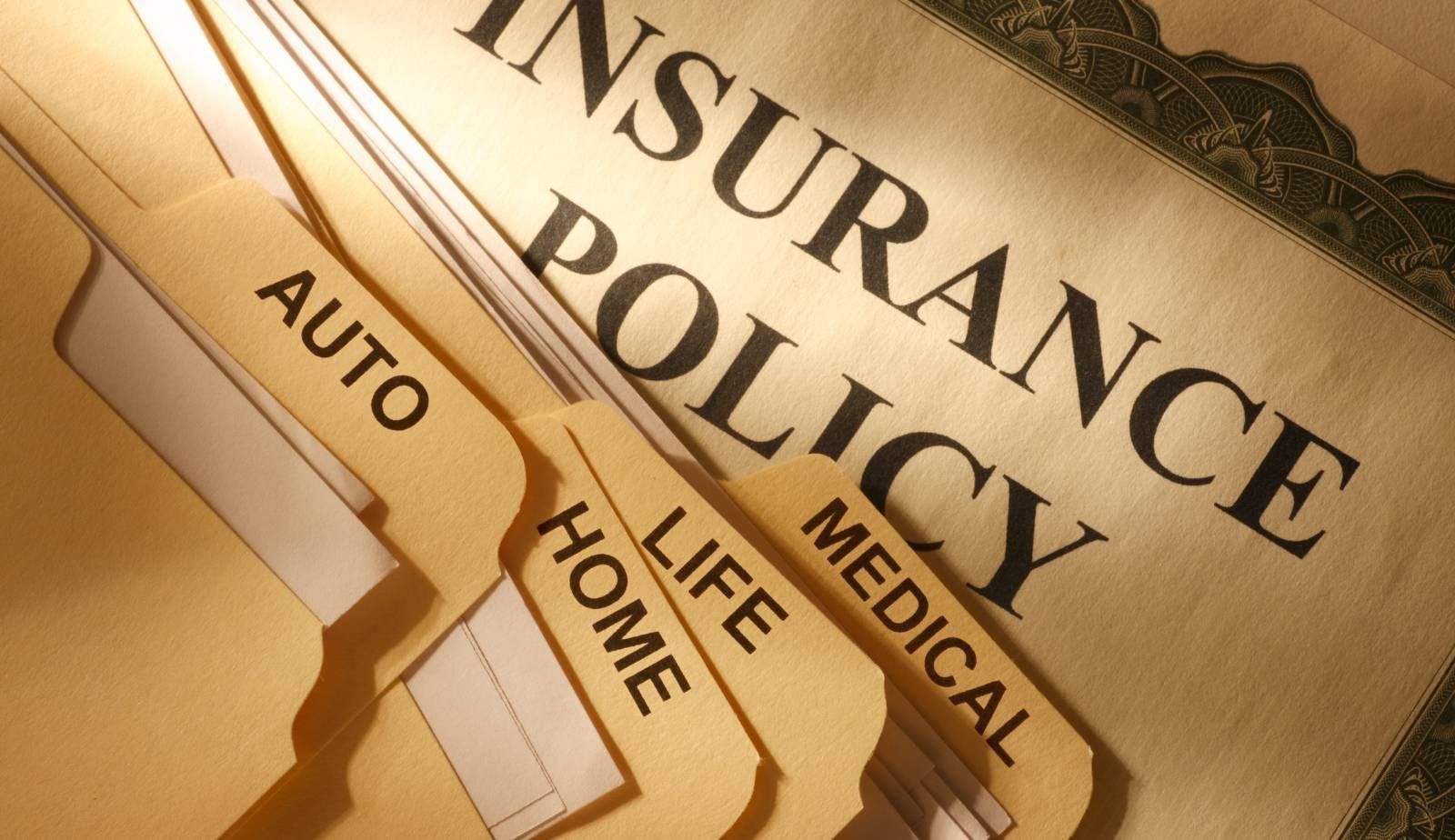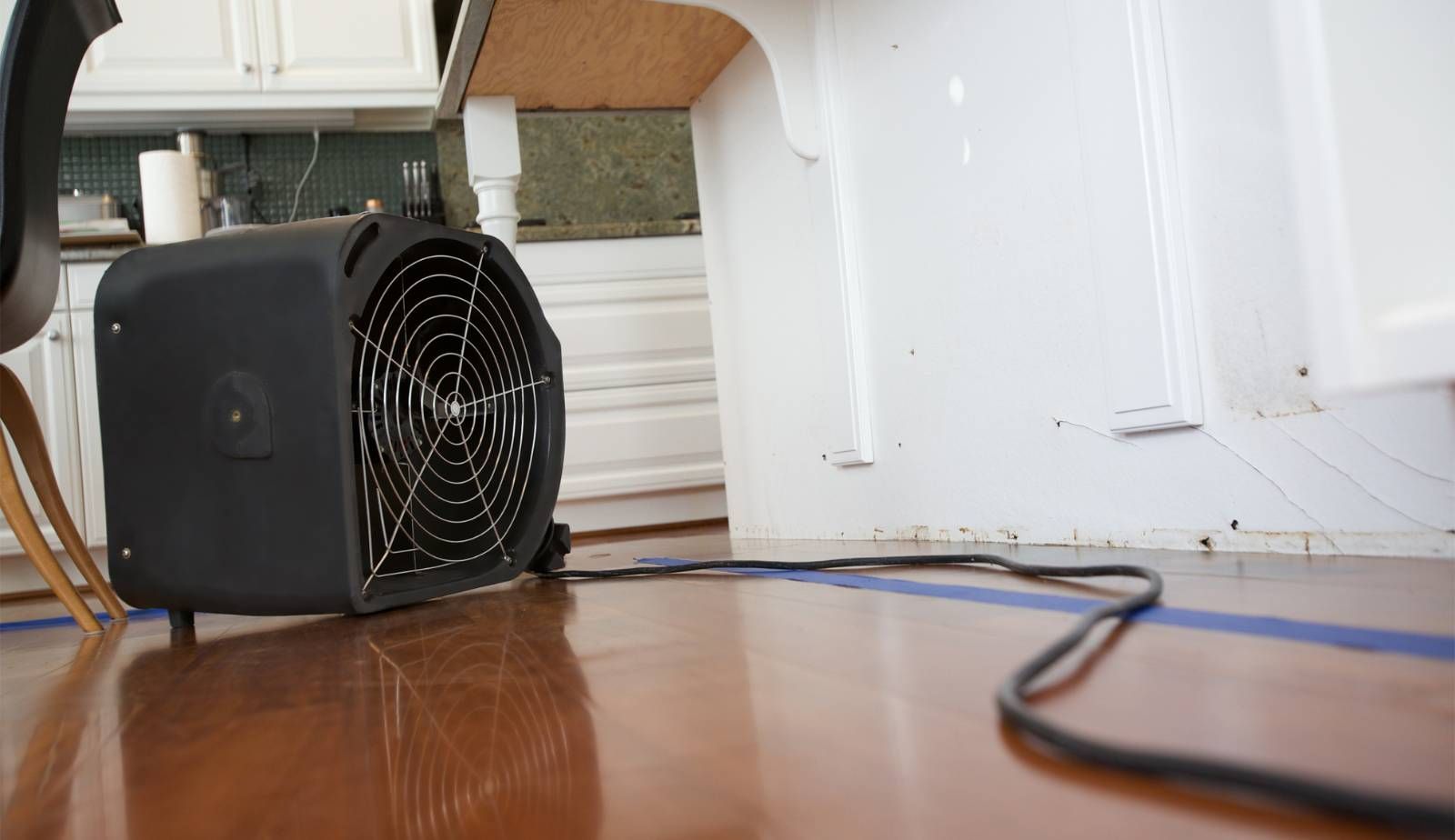Get Help Now: 337-205-5558
How to Eliminate Smoke Odor After a Fire in New Iberia, LA

Understanding Smoke Smell in Fire Restoration in New Iberia, LA
Dealing with the aftermath of a fire can be daunting, especially in a location like New Iberia, LA, where humidity can make smoke odors even more stubborn. Unlike everyday smells that dissipate over time, smoke odor has the uncanny ability to linger and penetrate various materials. Thankfully, there are ways to effectively deal with lingering smoke odors in a home or a commercial setting.
Assess the Extent of Damage
- Identify the Soot Type - Determining the type of soot you're dealing with is a vital part of fire damage restoration. Different materials produce varied soot, each requiring specialized cleaning methods. For example, soot from burnt wood and paper differs significantly from burning plastics.
- Consider Environmental Factors - The post-fire environment, especially the humidity level, can impact how corrosive the soot will be, thereby affecting the cleanup process.
Key Factors in Smoke Odor Removal
- Time and Scale - Acting quickly is crucial, as the longer you wait, the more difficult it becomes to remove the smoke particles. The scale of the fire also impacts the complexity of the smoke odor removal process.
- Nature of Affected Materials - Materials like textiles are particularly susceptible to retaining smoke odors, requiring specialized treatment.
Step-by-Step Guide for Smoke Odor Removal
- Step 1: Promote Air Circulation - Begin by airing out your space. Open all windows and doors and use fans to help circulate fresh air through the property.
- Step 2: Tackle Surfaces and Fabrics -
- Fabrics: Clean all fabric items like curtains, cushions, and clothes.
- Windows: Use a mixture of hot water and vinegar to clean window surfaces effectively.
- Solid Surfaces: A warm water, vinegar, and dish soap mix can be used to clean all other surfaces in the property.
- Step 3: Carpet and Upholstery Treatment - Sprinkle baking soda over the carpets and upholstery, let it sit for a few hours, and then vacuum using a HEPA filter vacuum.
- Step 4: HVAC Cleaning - The HVAC system needs to be thoroughly cleaned as it can hold onto soot particles. Utilize neutralizing agents to tackle lingering odors.
- Step 5: Advanced Cleaning Methods - More advanced cleaning agents and techniques may be necessary for particularly stubborn odors, including professional-grade degreasers and thermo-fogging.
When to Consult Professionals
If you find the odor removal process overly complex or time-consuming, seek professional fire restoration services, especially for significant fire damage cases.
Removing smoke odors is a complicated task that requires a detailed, step-by-step approach. Whether you tackle the issue yourself or consult professionals, having a solid plan will make the process much more manageable.
You might also like
DryMax Restoration Blogs



DryMax Ville Platte
DryMax Lafayette
120 Rue Beauregard Ste 201, Lafayette, LA 70508
Phone: 337-205-5558
Service Areas
Services
All Rights Reserved | DryMax Water & Fire Restoration | Website Design by Mastertech Franchise Systems

